.....Read More

Cobalt Corner-Radius End Mills
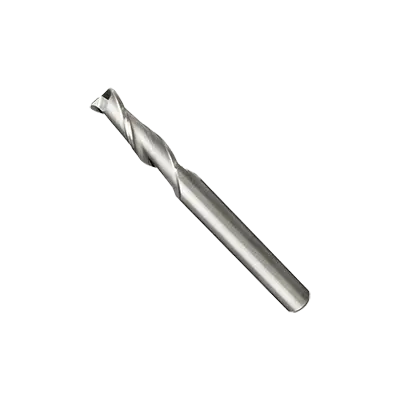
General Purpose Finishing Bright Finish Carbide Corner-Radius End Mills
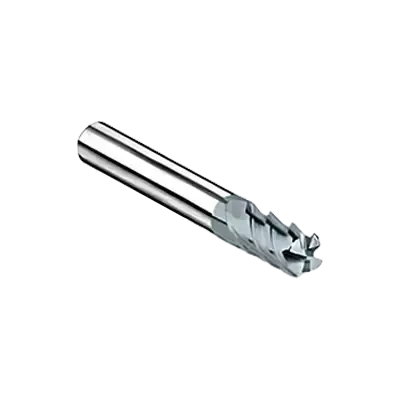
General Purpose Finishing Coated Carbide Corner-Radius End Mills

General Purpose Roughing Carbide Corner-Radius End Mills
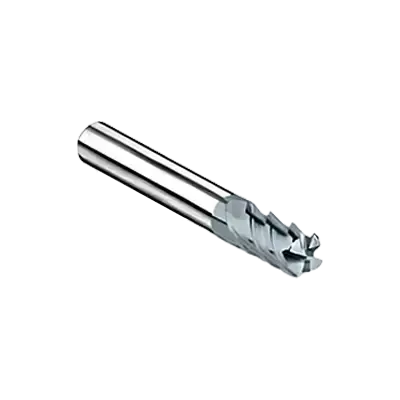
General Purpose Roughing/Finishing Carbide Corner-Radius End Mills
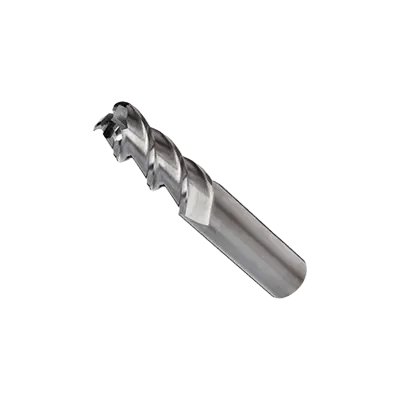
High-Performance Finishing Bright Finish Carbide Corner-Radius End Mills
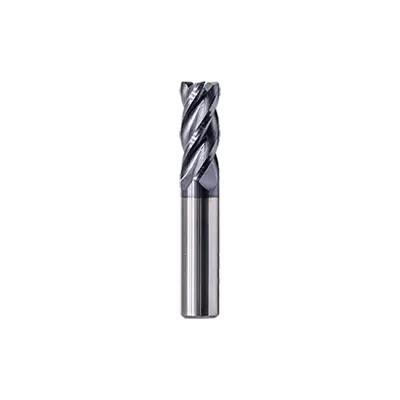
High-Performance Finishing Coated Carbide Corner-Radius End Mills
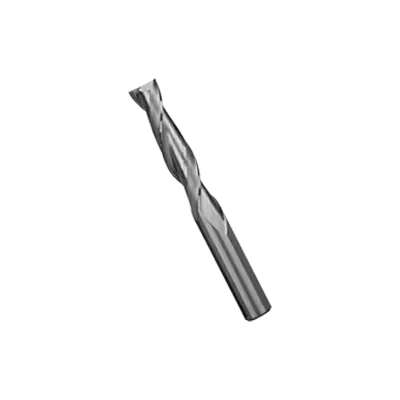
High-Performance Roughing Carbide Corner-Radius End Mills
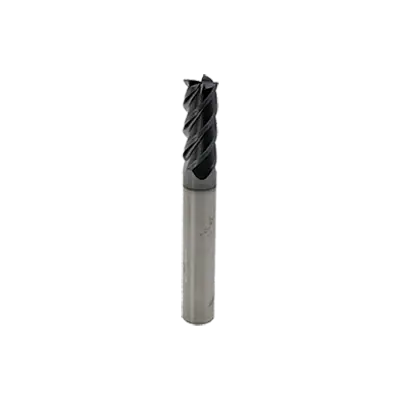
High-Performance Roughing/Finishing Bright Finish Carbide Corner-Radius End Mills
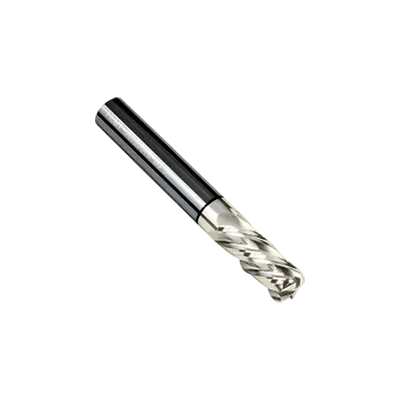
High-Performance Roughing/Finishing Coated Carbide Corner-Radius End Mills

High-Speed Steel Corner-Radius End Mills
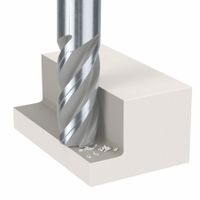
Powdered-Metal Corner-Radius End Mills
Frequently Asked Questions
What is a corner-radius end mill used for?
How does a corner-radius end mill differ from a standard end mill?
What materials can be machined with corner-radius end mills?
How do you select the right corner radius for an end mill?
What are the benefits of using a corner-radius end mill?
How do you maintain and care for corner-radius end mills?
What are the common sizes and specifications for corner-radius end mills?